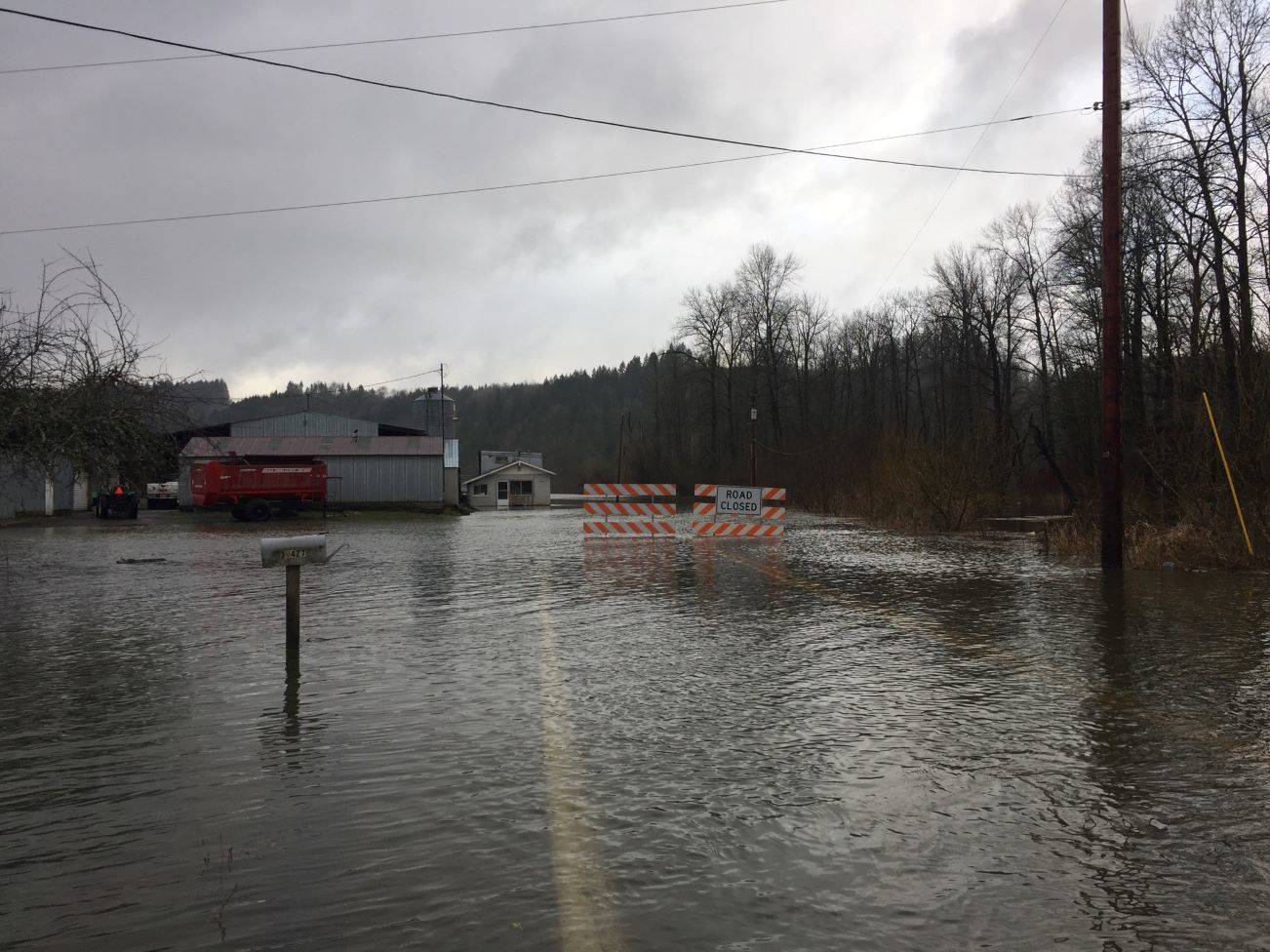Seattle Public Utilities will be holding a second virtual community meeting from 6 to 8 p.m. June 30 on the Tolt Dam warning system.
The meeting will share progress on incorporating community feedback into the warning system design, including updates to the siren system improvements and plans for additional signage. The meeting is accessible by Zoom and can be found on the project’s website.
The Tolt Dam early warning system is designed to let residents of Carnation evacuate in the event of a dam failure. While this chance is slim, and the dam is in good condition, a string of alarm test failures over the last year worried residents. As of this January, the warning system had failed three regular tests.
During July 2020, a false alarm sent Carnation residents scrambling to reach higher ground. It also left many on high alert, especially with people working from home due to the COVID-19 pandemic.
Since then, the city and residents have pressured Seattle Public Utilities to upgrade the system, and provide more information on areas that could be flooded if the dam broke. The Record was able to obtain and publish inundation maps.
These maps rely on a number of assumptions, which could and likely will be different if the dam does break. Officials warned residents in previous coverage to not rely on the maps to plan when they should evacuate, and instead leave as soon as they get an alert.
With that said, in a severe dam breach, floodwater could reach nearly to Snoqualmie in the south, and deep into Snohomish County to the north, while inundating wade swaths of lowland on either side of the Tolt, Snoqualmie and Snohomish rivers.
The first emergency warning system for the dam was implemented in 1978, and was a single siren controlled by King County. Seattle took over responsibility of the siren system in 1981 and the first major improvements occurred in 1985. More improvements were made in 1993.
Seattle Public Utilities plans on replacing the system. It is now in its fifth generation and difficult to maintain, according to a press release from the utility company. The replacement system will use new technology and equipment to improve the resiliency, reliability and security of the emergency warning system.
New outdoor sirens and indoor alerting devices are being considered at locations within the inundation area. This includes replacing existing sirens and finding new locations for sirens and highway message signs.


